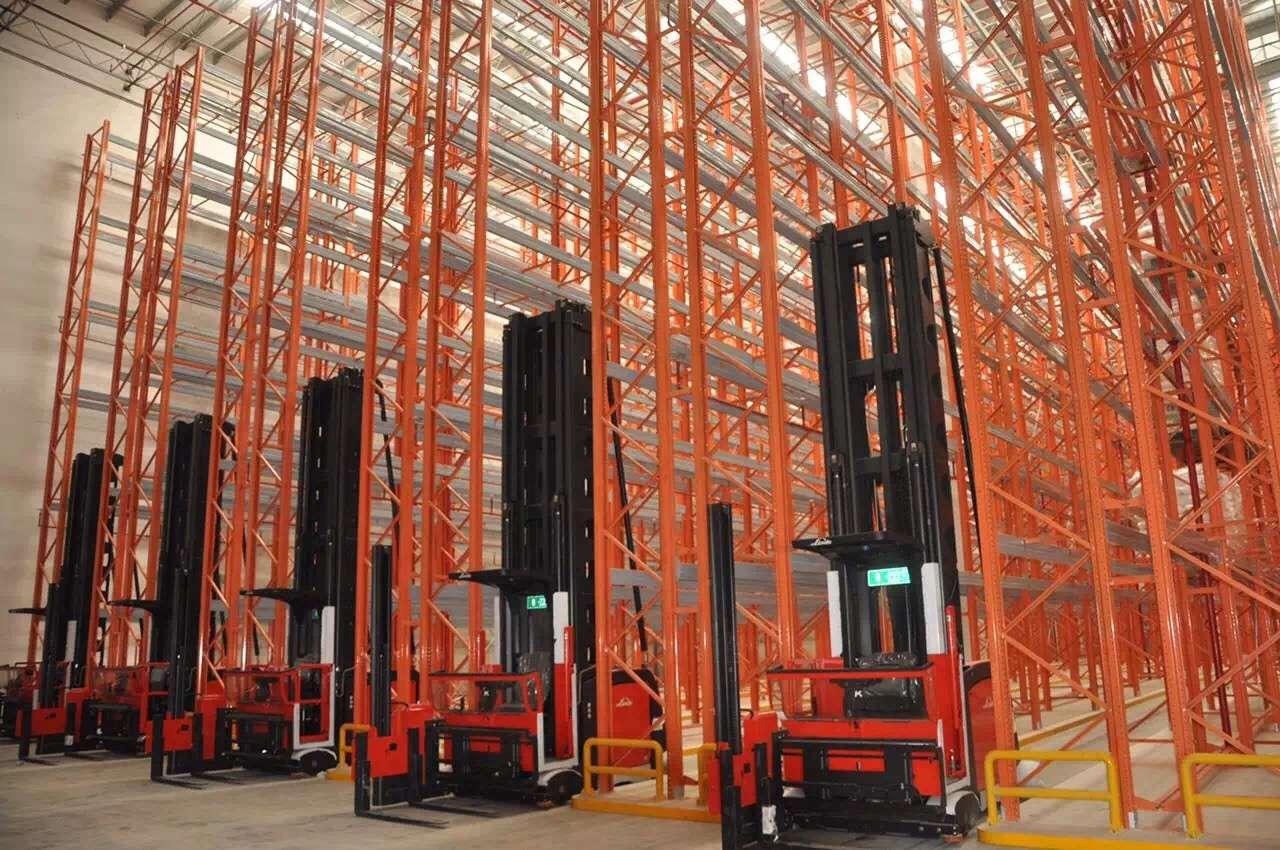Picking the perfect storage racking system for your business isn’t just about buying shelves—it’s about solving a puzzle. Your inventory, space, budget, and growth plans all need to fit together seamlessly. Get it wrong, and you’ll face wasted space, slower workflows, and even safety hazards. But get it right, and you’ll unlock faster order fulfillment, happier employees, and a healthier bottom line. Let’s break down how to find the ideal storage racking setup for your unique needs.

Step 1: Diagnose Your Business Needs
Before comparing rack types, answer these questions:
A. What Are You Storing?
- Palletized Goods: Heavy, uniform items (e.g., appliances, bulk beverages).
- Small Parts: Boxes, cartons, or loose items (e.g., auto parts, electronics).
- Mixed Inventory: A combination of pallets and cases.
Pro Tip: Use ABC analysis to categorize inventory by turnover rate. High-turnover items (A-items) need quick access; slow movers (C-items) can go into dense storage.
B. How Much Space Do You Have?
- Ceiling Height: Warehouses with 30+ ft ceilings can maximize vertical storage with tall storage racking.
- Floor Strength: Older facilities may need reinforcements for heavy-duty systems.
- Column Spacing: Support columns can limit rack placement—map them first.
C. What’s Your Growth Forecast?
- Will you expand product lines or increase inventory by 20%+ in 3 years?
- Are you planning to automate (e.g., robotics or conveyor systems)?
Step 2: Match Storage Racking Types to Your Goals
1. Selective Pallet Racking
- Best For: Businesses needing frequent access to diverse SKUs.
- How It Works: Adjustable beams allow direct access to every pallet.
- Why Choose It:Affordable upfront costs.Easy to reconfigure as inventory changes.
- Avoid If: You’re tight on space—it requires wide aisles for forklifts.
2. Drive-In/Drive-Through Racking
- Best For: High-volume storage of identical products (e.g., bottled water, canned goods).
- How It Works: Forklifts drive into the rack structure to load/unload pallets.
- Why Choose It:Stores 5–10+ pallets deep, saving 50–75% more space than selective racks.Ideal for FIFO or LIFO inventory rotation.
- Avoid If: You handle many SKUs—it’s designed for single-product lanes.
3. Push Back Racking
- Best For: Balancing selectivity and density for medium-turnover items.
- How It Works: Pallets ride on inclined carts; loading a new pallet pushes others back.
- Why Choose It:Stores 2–6 pallets deep without forklifts entering the rack.Faster access than drive-in systems.
- Avoid If: You’re on a tight budget—higher cost per pallet position.
4. Carton
